At the Strange Academy, the school for young and upcoming sorcerers, students and teachers are still grieving Doctor Strange. A student has been expelled for abusing magic, and Strange Academy is at war. Emily Bright, angered by her classmate’s expulsion, has declared war on the Academy’s teachers, taking her followers to the Dark Dimension. Ironically, Doyle Dormammu, whose father rules the Dark Dimension, opposes her and chooses to stay at the academy to protect the teachers and harness his own terrible gifts.
Strange Academy: Finals #1, written by Skottie Young, drawn by Humberto Ramos, colored by Edgar Delgado, and lettered by VC’s Clayton Cowles, kicks off the tumultuous struggle between two factions. A prophecy foretold that Emily and Doyle would fight each other, one of them destined to destroy all magic. The students assumed that Doyle would be the enemy — but now Emily’s followers are having second thoughts.

Writer Skottie Young is no stranger to long-form storytelling, as evident from his previous works like I Hate Fairyland and Middlewest. On paper, Strange Academy: Finals #1 sounds like the perfect vehicle for his talents. But in practice, the writing is surprisingly clunky. The first quarter of this issue is weighed down by awkward exposition. The dialogue feels forced, and the action scenes are abrupt and brief. Despite the strong premise and explosive visuals, Strange Academy: Finals #1 feels disjointed. Emily’s ranting about the teachers and their tyranny, especially in regard to Calvin’s expulsion, rings hollow, as Strange Academy: Finals #1 spends more time telling than showing. Doyle only gets one scene to himself — the strongest visual sequence in the issue. Too much of this issue is spent focusing on Emily arguing with and abusing others, which is less than enjoyable.
Doyle’s character is much more interesting from the get-go. Given his background as the son of Dormammu. Even though Cowles’s letters his dialogue to emphasize his inhuman background in a way that makes it a little hard to decipher his adolescent dialogue, he establishes himself as a compelling and admirable character with great potential for depth, heroism, and growth. Emily, in comparison, seems fairly unimpressive. Her insistence on casting the hapless Calvin as a martyr for her cause feels forced, especially as Calvin continues to work for Gaslamp’s magical dug trafficking black market. It’s easier to empathize with Calvin than with Emily. Although the previous series attempted to paint her as a tragic and good-intentioned rebel, here, she’s despotic and hypocritical, preaching the values of freedom while abusing the people around her.

Humberto Ramos’s art is a good fit for Young’s writing, with just the right balance of harsh angles, extreme textural rendering, and stylized body proportions. Practically every panel is jam-packed with details, from realistically rendered and shaded hair, rust and rot, splintered boards, wild flames, and swirling magical clouds. Even negative space, usually present in more dialogue-heavy scenes, is rendered in gradient shades, thanks to colorist Edgar Delgado. His colors shine in scenes featuring magic and fire. The Dark Dimension’s dull, muted pastels convey the feeling of gloom and distrust rife in Emily’s faction, whereas Doyle’s scenes are vibrant and fiery. Calvin’s prison in Gaslamp’s underground hideout is a dark, Steampunk visual of moldy and radioactive greens, purples, and yellows.
Although it has a lot of great qualities, with a good premise, a large cast, and a fantastical storyline — Strange Academy: Finals #1 is an awkward first step into a splintered storyline. Luckily, the creative team seems to be working together well, and the promise of magic is strong enough to warrant another look.
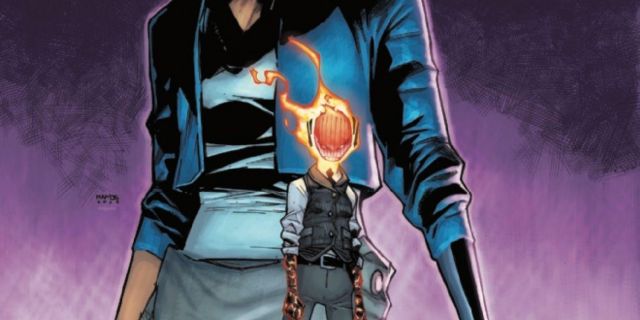
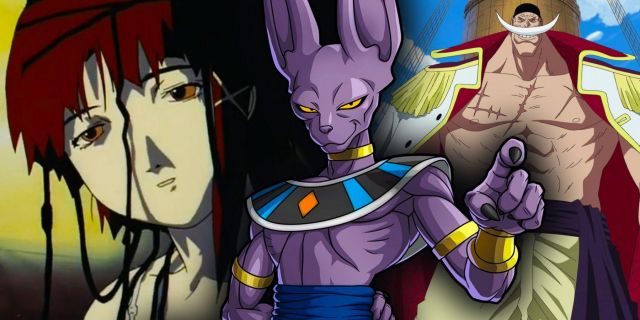


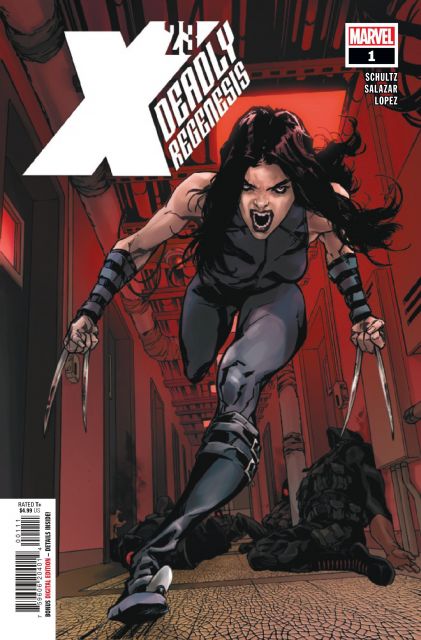
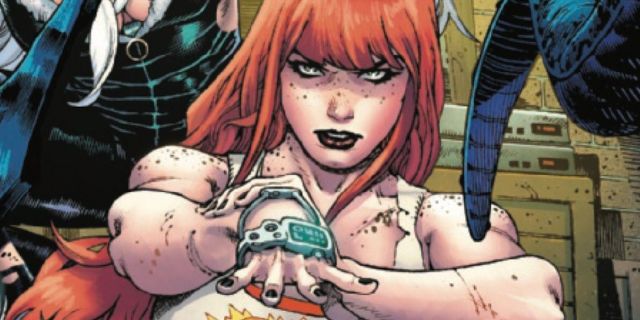
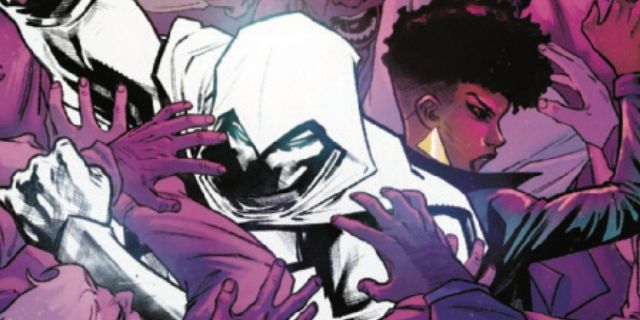


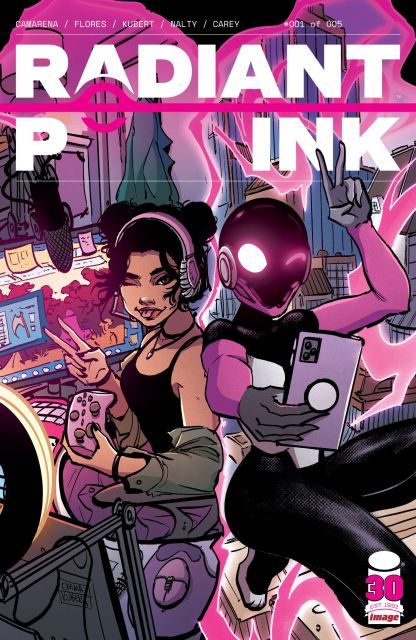





Leave a Reply